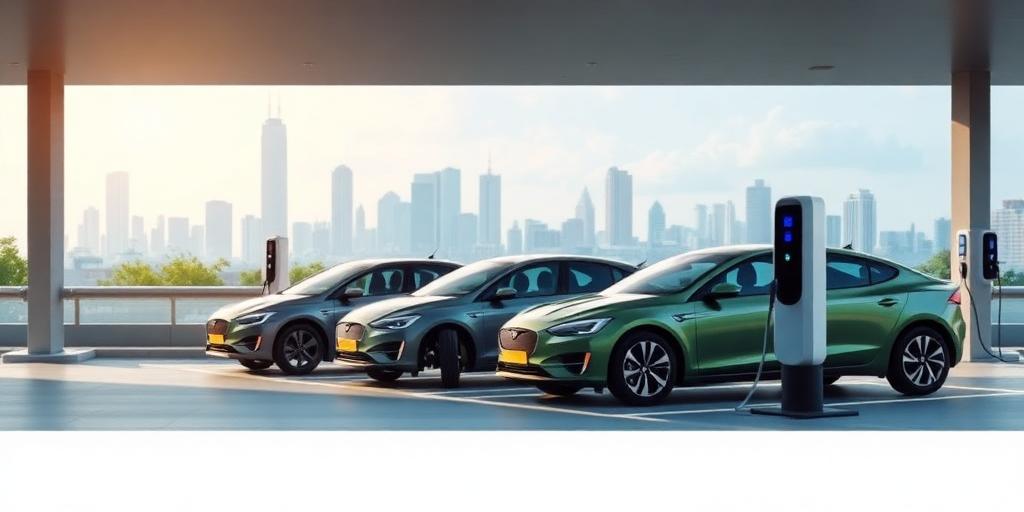Government Subsidies for EVs in India: An Authoritative Overview
India is rapidly emerging as a significant player in the global electric vehicle (EV) market. To accelerate the adoption of EVs, the Indian government has implemented various subsidy schemes and policies. This article provides an authoritative overview of these initiatives, their impact, and future outlook.
Current Subsidy Schemes
The Indian government primarily promotes EV adoption through two major schemes:
FAME India (Faster Adoption and Manufacturing of Electric Vehicles in India): Launched in 2015, the FAME India scheme aims to provide upfront incentives on the purchase of electric vehicles and support the development of EV infrastructure. The scheme has two phases:
- FAME I: Focused on promoting hybrid and electric technologies. It concluded on March 31, 2019.
- FAME II: Commenced on April 1, 2019, and is set to continue for five years with a total budget of ₹10,000 crore. This phase emphasizes:
- Incentivizing the purchase of EVs, including two-wheelers, three-wheelers, and buses.
- Establishing charging infrastructure to address range anxiety.
- Promoting R&D and technological advancements in the EV sector.
State-Level Subsidies:
- Several state governments offer additional subsidies and incentives to encourage EV adoption. These include:
- Delhi: Offers subsidies on the purchase of EVs, along with waivers on road tax and registration fees.
- Maharashtra: Provides financial incentives for EV manufacturing and purchase, aiming to become a leading EV hub.
- Gujarat: Offers subsidies for both EV buyers and manufacturers, focusing on creating a conducive ecosystem.
- Other States: States like Tamil Nadu, Karnataka, and Andhra Pradesh also have specific policies and incentives.
- Several state governments offer additional subsidies and incentives to encourage EV adoption. These include:
Impact of Subsidies
The government subsidies have had a multifaceted impact on the EV market in India:
- Increased EV Sales: Subsidies have significantly reduced the upfront cost of EVs, making them more accessible to consumers.
- Growth of Charging Infrastructure: The focus on establishing charging stations has alleviated range anxiety, encouraging more people to switch to EVs.
- Boost to Manufacturing: Incentives for EV manufacturing have attracted investments and promoted domestic production, aligning with the 'Make in India' initiative.
- Environmental Benefits: Increased EV adoption has contributed to reduced vehicular emissions, improving air quality in urban areas.
Challenges and Future Outlook
Despite the positive impact, several challenges remain:
- High Initial Costs: Even with subsidies, the initial cost of EVs can be prohibitive for many potential buyers.
- Charging Infrastructure Gaps: While progress has been made, the availability of charging stations is still limited in many parts of the country.
- Battery Technology and Costs: Advancements in battery technology are crucial for improving the range and reducing the cost of EVs.
Looking ahead, the Indian government is expected to continue its support for the EV sector. Future initiatives may include:
- Increased Subsidies: Enhancing financial incentives to further reduce the cost of EVs.
- Policy Support: Implementing policies that favor EV adoption, such as mandating EV use in government fleets.
- Technological Advancements: Promoting R&D to improve battery technology, charging infrastructure, and EV performance.
Conclusion
Government subsidies are playing a crucial role in driving the adoption of electric vehicles in India. While challenges remain, the continued support and strategic initiatives are expected to accelerate the growth of the EV market, contributing to a cleaner and more sustainable transportation ecosystem.









